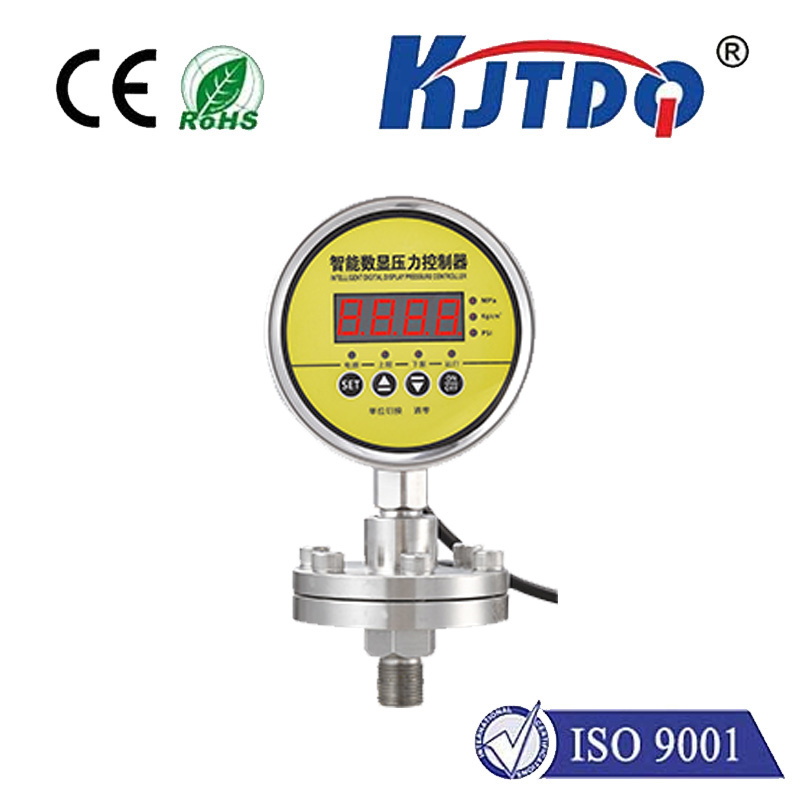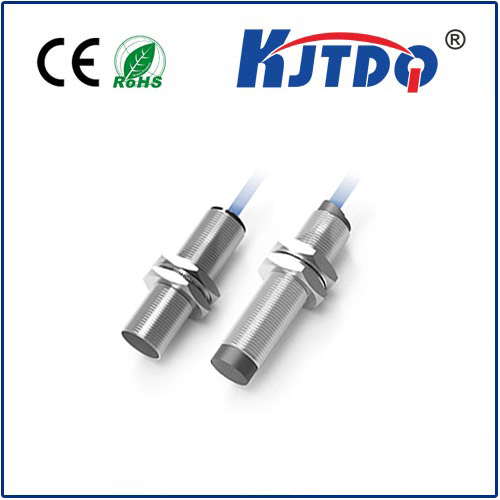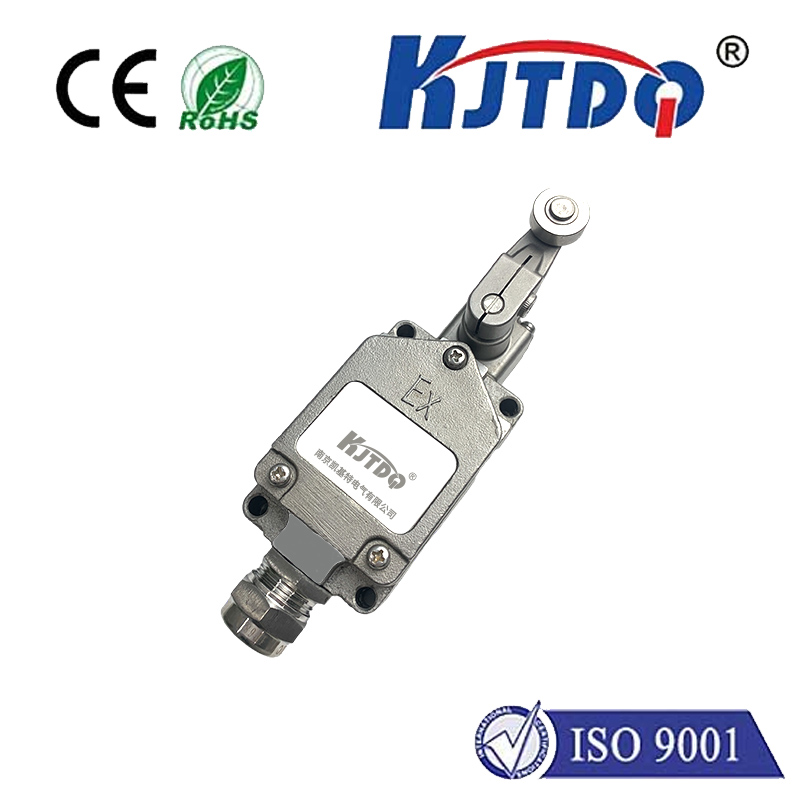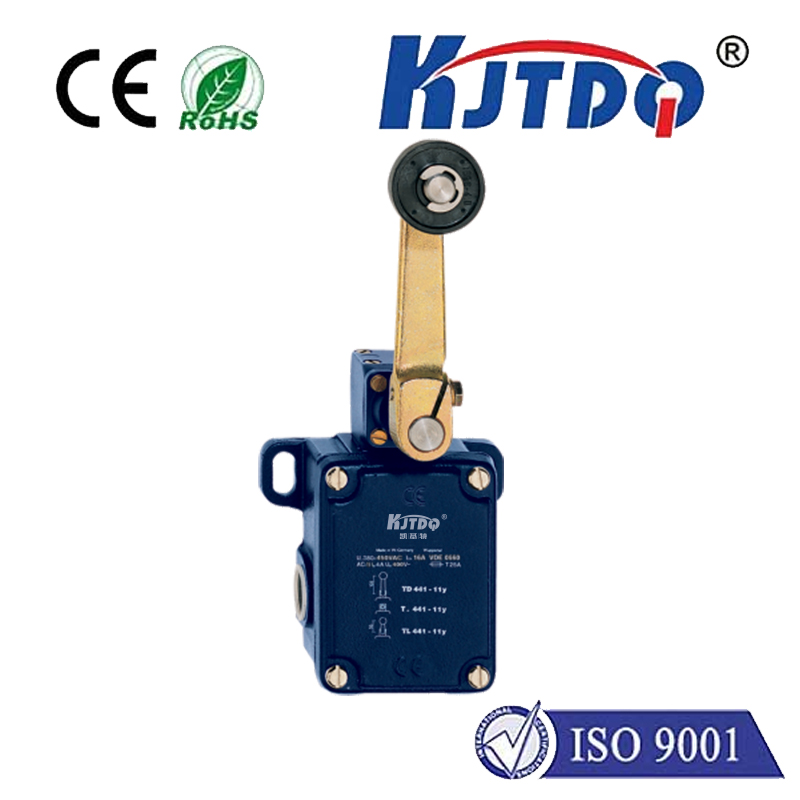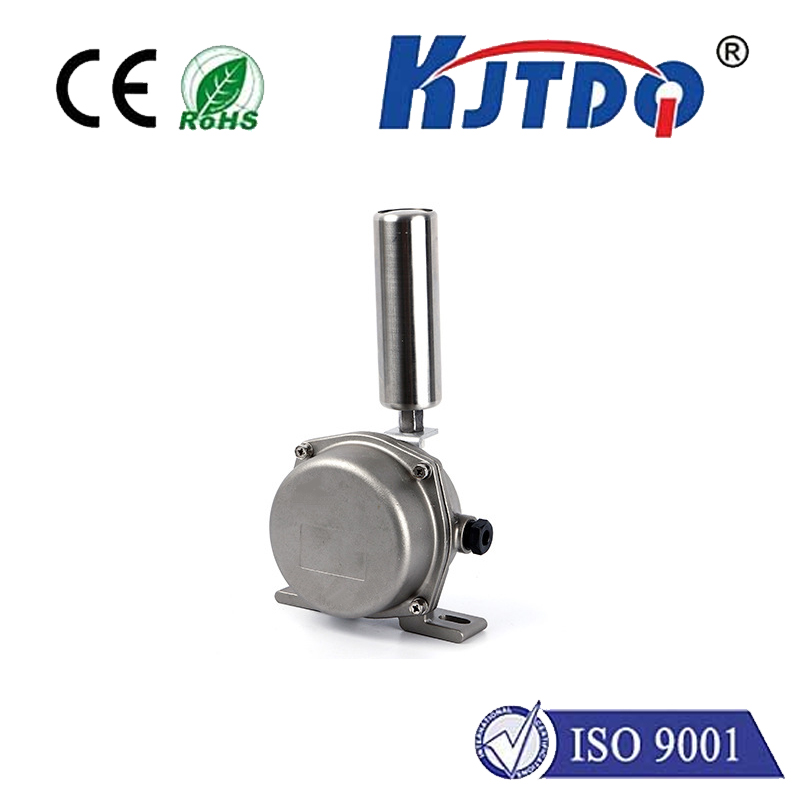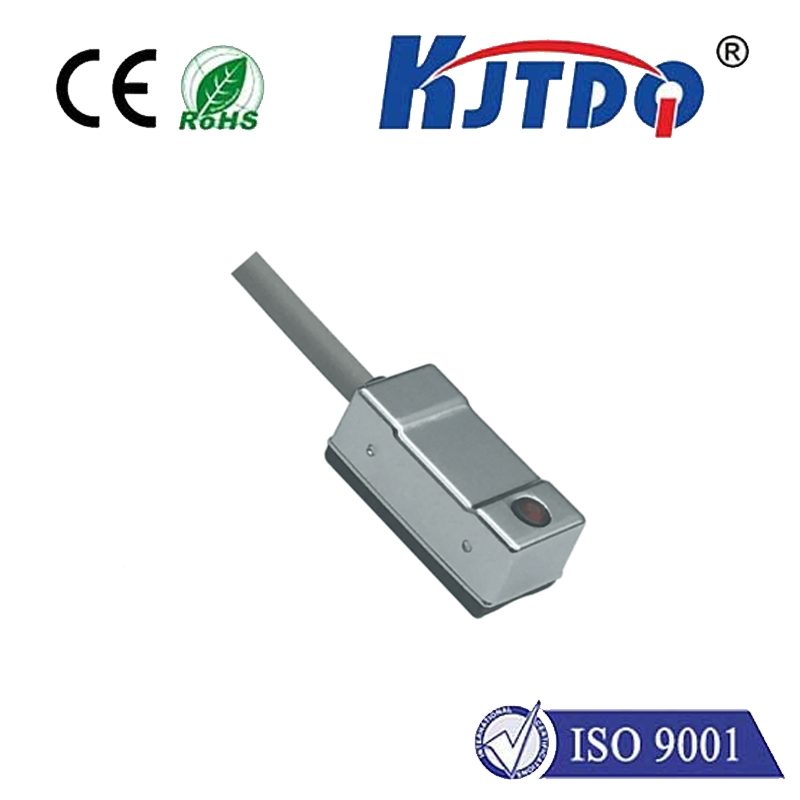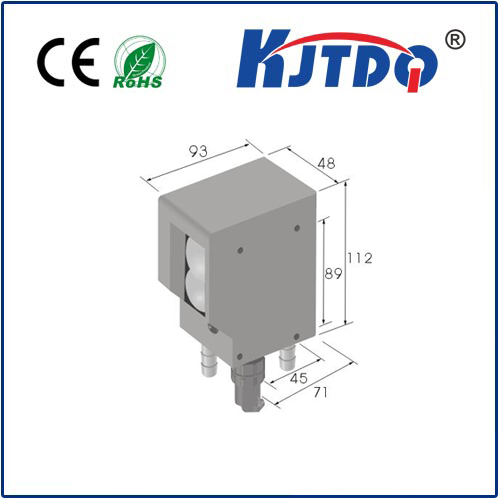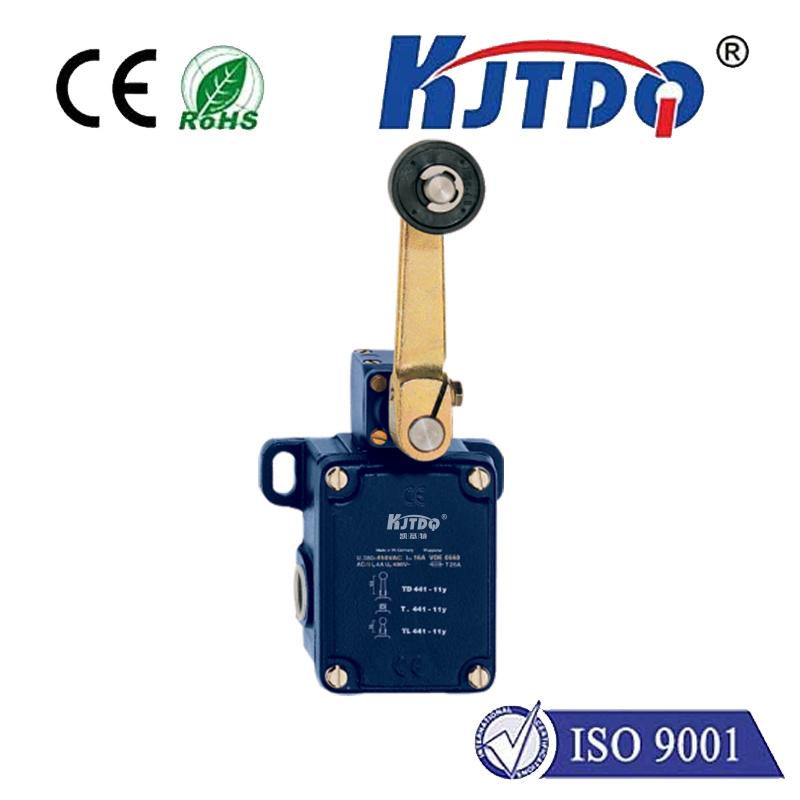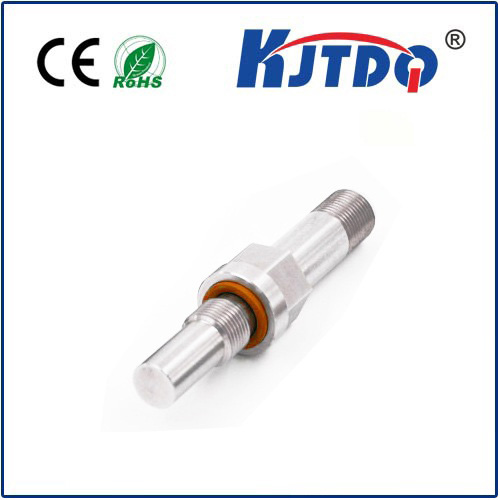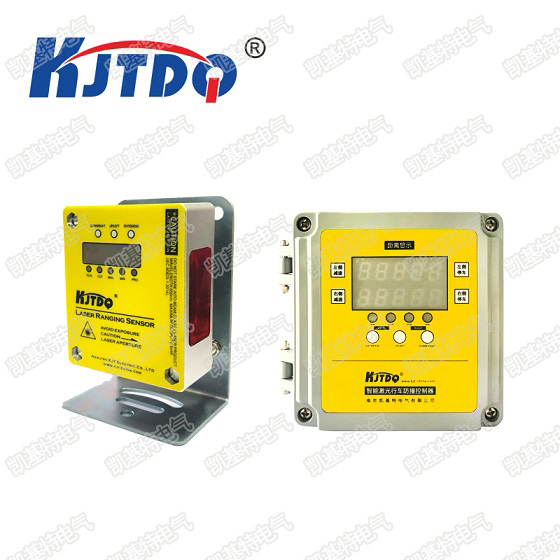

check

check

check

check

check

check

check

check

check

check
Linear Actuator External Limit Switch: A Comprehensive Guide
Introduction
In today's world of automation and robotics, linear actuators have become an essential component for various applications. They are used to convert rotary motion into linear motion, making them perfect for a wide range of tasks. However, one crucial aspect that needs to be considered while using these actuators is the external limit switch. This guide will provide you with a comprehensive understanding of linear actuators and their external limit switch, including their functions, types, installation, and maintenance.
Functions of Linear Actuators External Limit Switches
The primary function of linear actuators is to move a mechanism or object from one position to another in a straight line. They do this by applying force to the mechanism or object, which causes it to shift its position. The force applied can be constant or varying depending on the application.
External limit switches, on the other hand, are safety devices that ensure the actuator does not move beyond a certain point. They are typically made of metal or plastic and consist of a trigger lever that contacts an electrical circuit when the actuator reaches its limit. This contact triggers an alarm or stop signal, preventing damage to the mechanism or object being moved.
Types of Linear Actuators External Limit Switches
There are two primary types of external limit switches used with linear actuators: magnetic and mechanical.
Magnetic Limit Switches: These switches use a magnet to detect the position of the actuator. When the magnet comes into contact with a set of contacts, it generates an electrical signal that is transmitted to the control system. Magnetic switches are relatively inexpensive and require minimal maintenance but can be susceptible to interference from other magnetic fields.
Mechanical Limit Switches: These switches use a physical mechanism, such as a lever or disc, to detect the position of the actuator. When the lever or disc comes into contact with its corresponding contact points, it generates an electrical signal that is transmitted to the control system. Mechanical switches are more robust than magnetic switches and offer better accuracy but can be more expensive and require more maintenance.
Installation of Linear Actuators External Limit Switches
The installation of external limit switches with linear actuators involves several steps. Here's a general outline of the process:
1. Choose the right type of limit switch based on your specific requirements and application.
2. Determine the optimal position for the switch relative to the actuator. This will typically depend on the size and weight of the mechanism being moved as well as any clearance issues.
3. Install the limit switch securely onto the actuator using appropriate mounting hardware.
4. Connect the switch to the control system, either via a wired or wireless connection depending on your setup.
5. Calibrate the switch to ensure accurate detection of movement within the acceptable range.
Maintenance of Linear Actuators External Limit Switches
Like any mechanical component, external limit switches with linear actuators require regular maintenance to prevent wear and tear and ensure reliable operation. Here are some tips for maintaining your external limit switches:
1. Clean the switch regularly to remove any buildup of dirt or debris that could interfere with its operation. Use a soft brush or compressed air to gently clean away any grime.
2. Check the switch for any signs of damage or wear, such as broken pins or frayed wires. If you notice any issues, replace the switch immediately to prevent further damage to the mechanism or object being moved.
3. Recalibrate the switch periodically to ensure accurate detection of movement within its intended range. This should be done according to your manufacturer's recommendations or as needed for changes in your application or equipment configuration.
